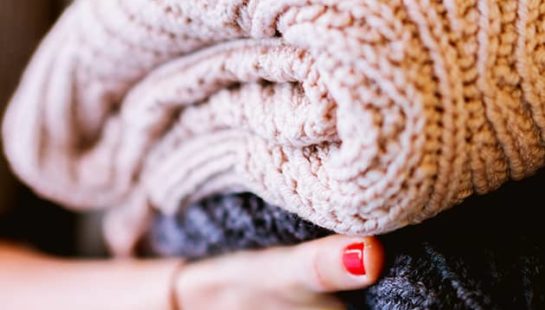How would you feel if one in ten Australian children were engaged in child labour? Shocked, outraged even? While that’s not the case for most Aussie kids, it’s the devastating reality for many children around the globe. Nearly 10 per cent of all children—roughly 160 million—are child labourers. The goods in your home, including the clothes you wear and food you eat, are at high risk of being produced with children in their supply chains.
First Things First: What Is Child Labour?
Earning pocket money on the weekend or helping out at a family business during school holidays is not child labour, as these types of activities can build skills and help prepare kids for adulthood.
Child labour is defined by the International Labor Organisation as ‘any work that deprives children of their childhood, their potential and dignity, and that is harmful to physical and mental development; and/or interferes with their schooling.’
It takes several forms—but the worst types include the sale and trafficking of children, or debt bondage and serfdom (when a child is born into a family with existing debts, or to a family forced to live and work on land belonging to another person). For girls, sexual exploitation such as prostitution is a major risk, and in some countries, boys face the threat of being forcefully recruited into armed forces. But in over 70 per cent of cases, child labour occurs within families—primarily farms or micro-businesses. Despite perceptions that family businesses are safer places to work, a quarter of child labourers aged 5 to 11, and almost half of those aged 12 to 14, are engaged in family-based labour likely to cause harm.
Why Is It Happening?
Poverty is one of the largest drivers of child labour. When families face financial insecurity, taking children out of school and sending them to work may be considered integral for survival. This ultimately perpetuates poverty and the systems which keep child labour occurring.
Well-intentioned local customs can also play a role, such as expecting young children will learn the family trade, or perceiving education as a lower priority for girls than boys.
And then there is the fact that child labour is cheap, or free. Many family micro-enterprises rely on family labour to stay afloat. Employers from other businesses may preference children as they cost less, are often considered easier to control, and are less likely to speak out.
Child Labour In Fashion Supply Chains
When you picture child labour in fashion, you likely imagine a young girl sitting at a sewing machine. While this can exist, child labour is more likely to occur in deeper tiers of supply chains, like raw fibre production. Three quarters of all child labourers aged five to 11 are working in agriculture. This means that the highest risks within the industry sit in segments like cotton farms, sheep farms and silk production facilities.
The problem is that most fashion companies don’t know where their raw fibres and fabrics are coming from. The 2022 Ethical Fashion Report found that just three per cent of companies know the names and addresses for all raw materials suppliers (e.g. cotton farms), and ten per cent know these details for all inputs suppliers (e.g. fabric mills). Without knowing these locations, companies cannot implement systems to prevent exploitation. We also found that less than a quarter of companies can demonstrate a comprehensive process for responding to child and forced labour. This means that when it occurs, they don’t have plans for assisting the victim.
Fashion is also failing to support living wages, which help keep people out of poverty. Ninety per cent of companies cannot evidence payment of living wages at final stage factories—and even less for lower tiers. Companies compete to find the lowest prices from suppliers to maximise their profits. Suppliers feel the pressure, so request cost cuts from their own suppliers. This system encourages child labour.
Why You Need To Act As A Global Citizen
So, back to the original question: are your favourite fashion brands using child labour? When a company claims to have never found child or forced labour in their supply chain, this often means they simply aren’t looking hard enough. The research is clear: exploitation is highly prevalent in the fashion industry. While it’s easy to adopt a ‘not in my backyard’ mindset, as global citizens, we have a responsibility to ensure our fellow global citizens can experience fullness of life through the right to childhood.
When you support the work of Baptist World Aid, you’re helping address child labour in several ways.
- Through our Ethical Fashion project, we advocate and work with fashion companies to help them implement stronger processes to prevent, identify, and remediate forced and child labour.
- Our Local Christian Partners around the world run workshops and Child Clubs where children are supported and taught their rights.
- Our Partners address drivers of poverty and empower families to build better lives, such as through micro-finance groups and savings programs.
160 million children is an overwhelming number, but progress is happening. Between 2000 and 2020, the number of child labourers dropped by 86 million thanks to international efforts.
Help us continue this progress towards a better world where all children can experience a life free from exploitation and harm. When you commit to a monthly gift, you become a Better World Ambassador. You help children have the chance to learn their rights, go to school and better their local communities.




 Emma Wright,
Emma Wright,